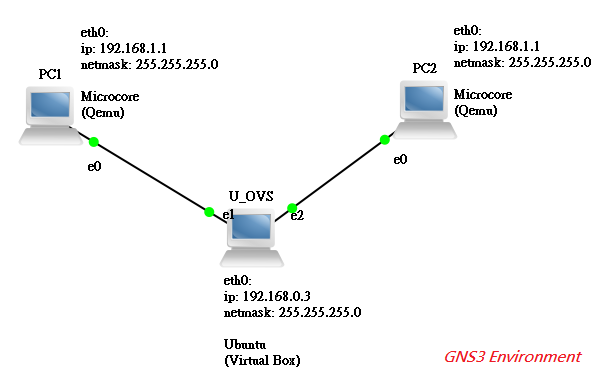http://blog.ioshints.info/2012/08/midokuras-midonet-layer-2-4-virtual.html
It is a layer 2-4 virtual network solution and catches my attention and lets me want to know more about.
Meanwhile, Midokura also provide Quantum Plugin for MidoNet to integrate into OpenStack.
https://github.com/midokura/midonet-openstack
On its web site, it provides a lot of features in virtual network solution and is pretty amazing. Due to MidoNet is not an open source project, so we are not able to see how it exactly achieves all of these things.
http://www.midokura.com/midonet/openstack/
MidoNet Key Features
- Fully virtualized Layer 2 through 7 networking
- VLAN-less VLANs – Virtual L2 Distributed Level Isolation and Switching with virtually no limitations
- Fully Distributed Architecture with no single points of failure
- Virtual L3 Distributed Routing
- Distributed Load Balancing and Firewall Services
- NAT
- VPN
- Access Control Lists (ACLs)
- Restful API
- Web Based Management Control Panel
- Monitoring and Metering of Networking Services
- Live Migration
- Rate Limiting
- Virtual Tap (Port Monitoring and Mirroring)






